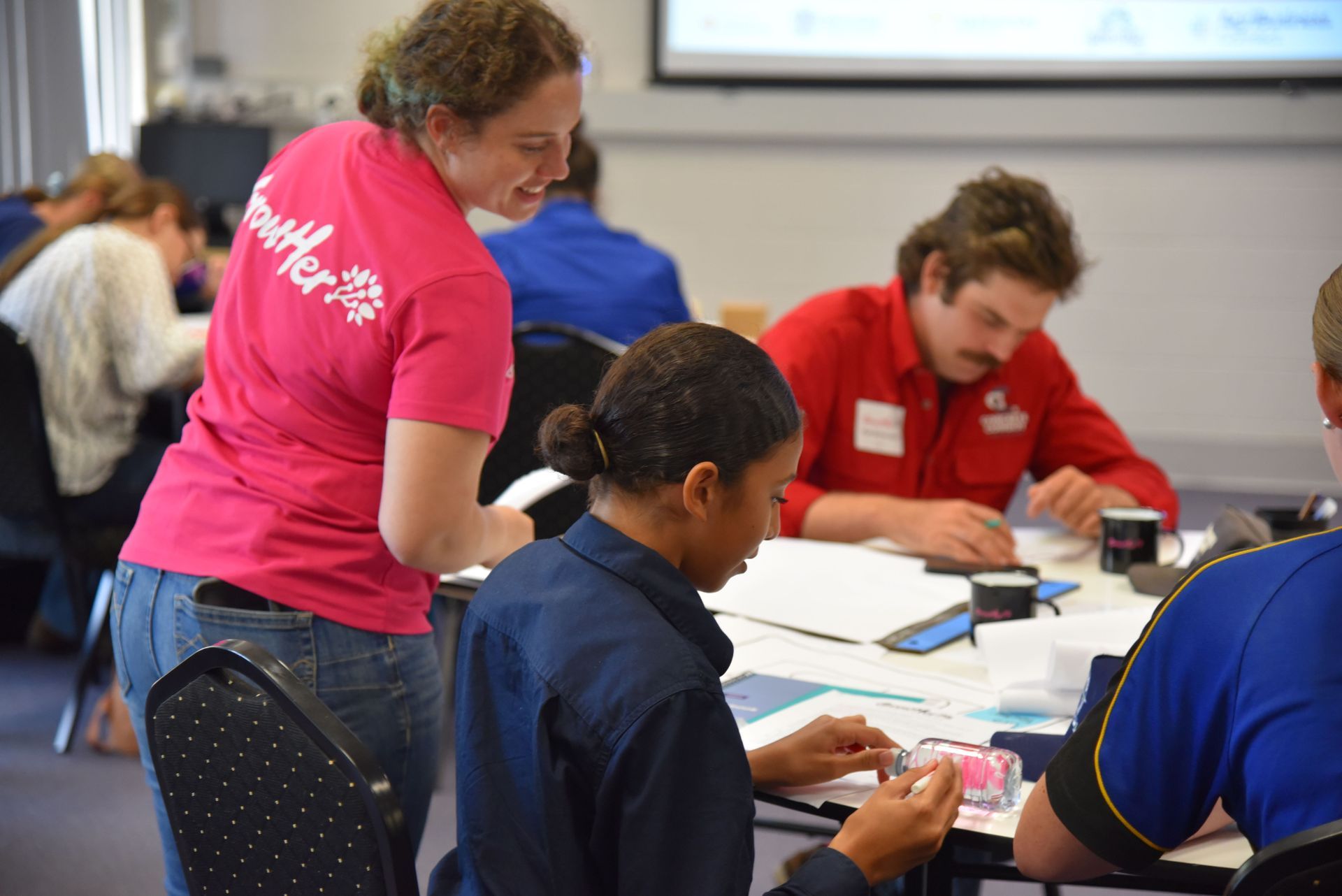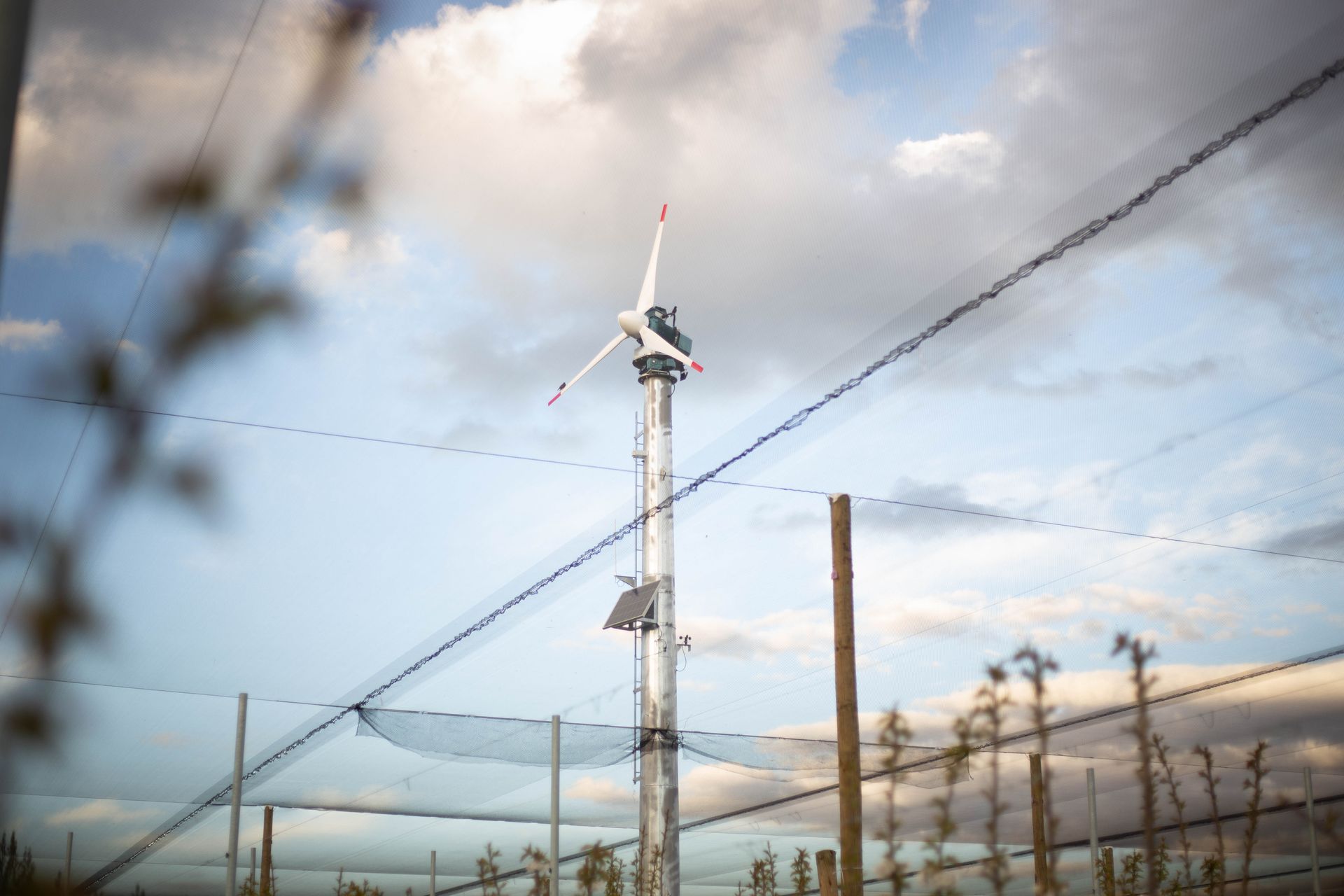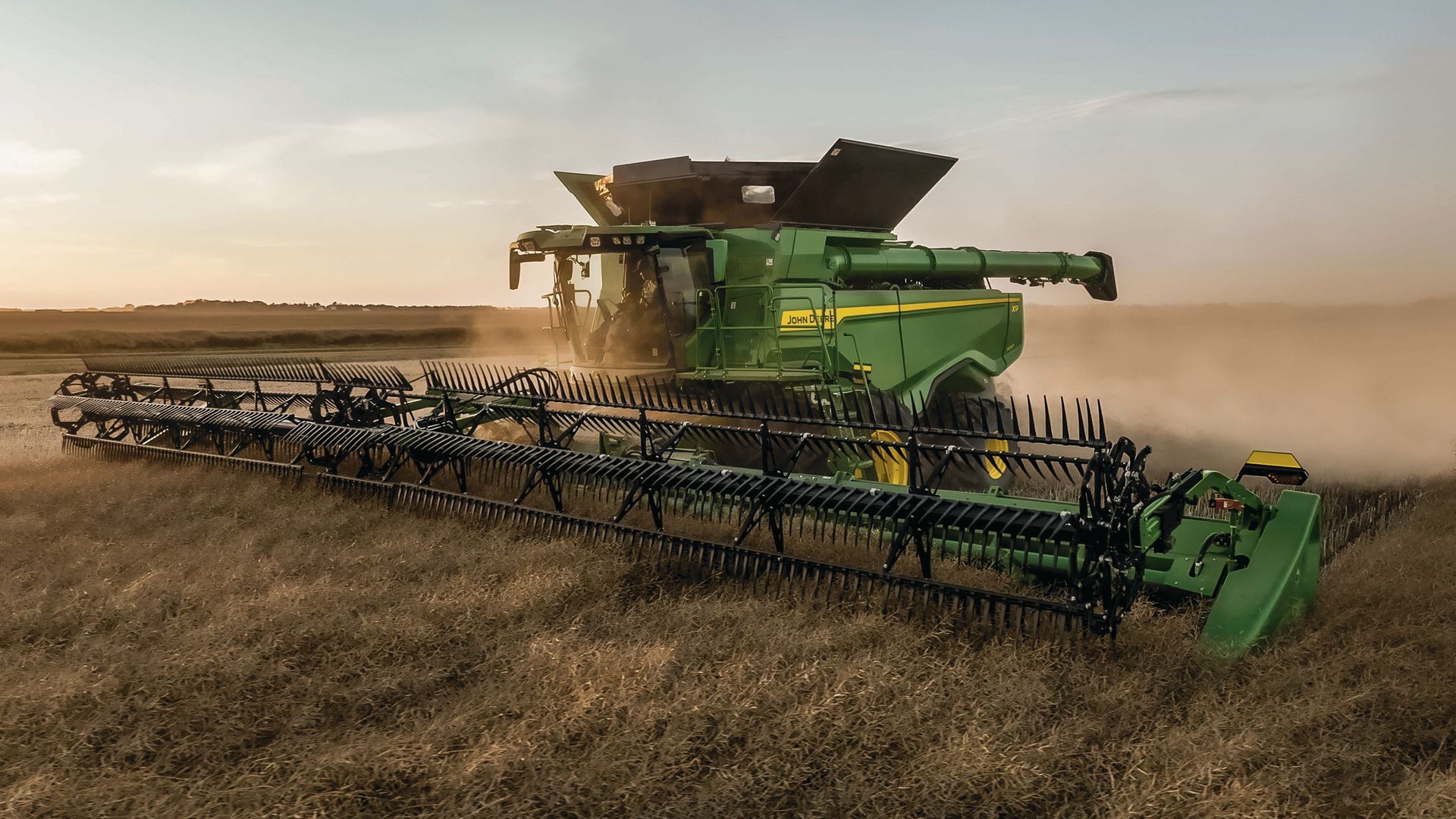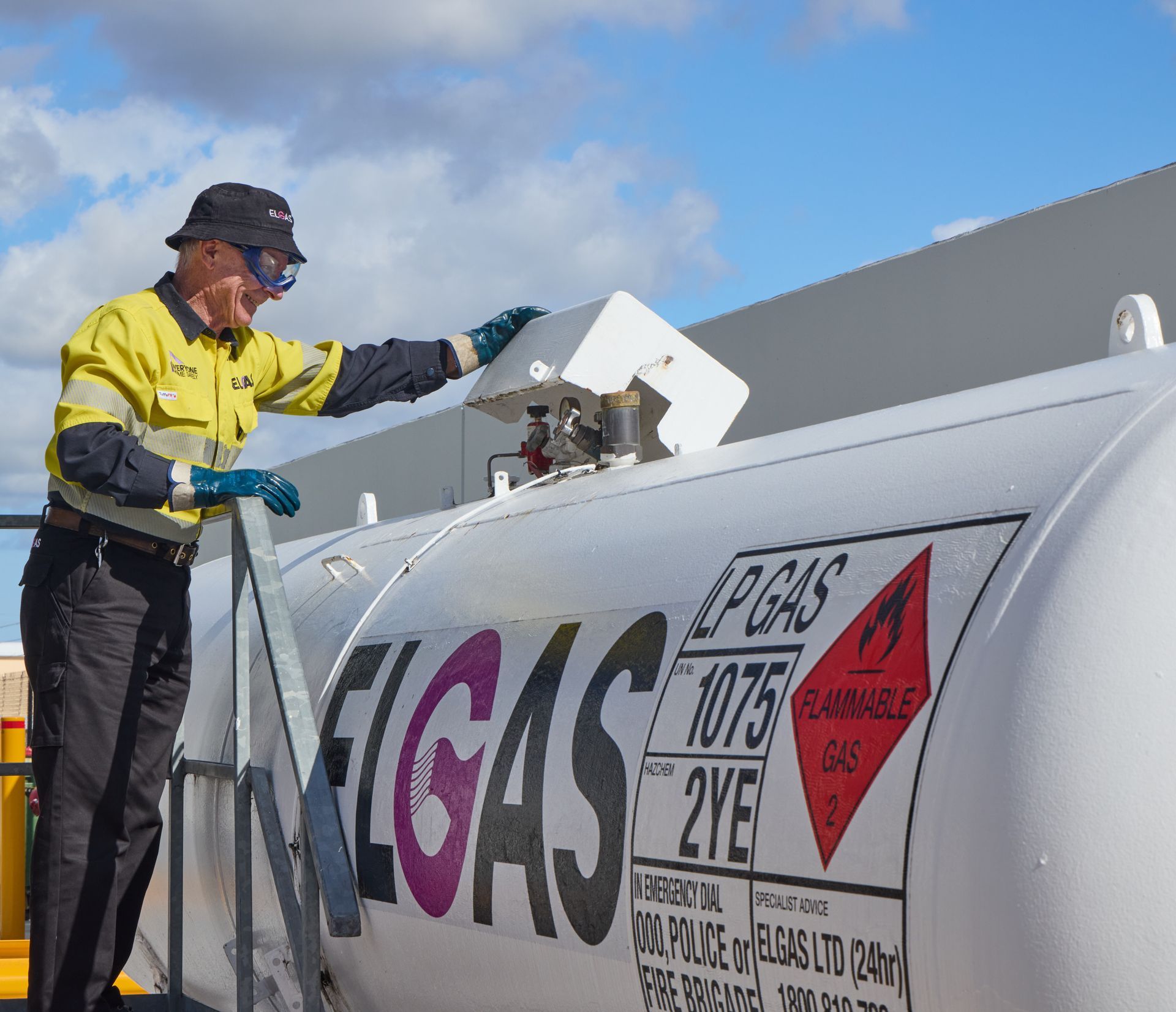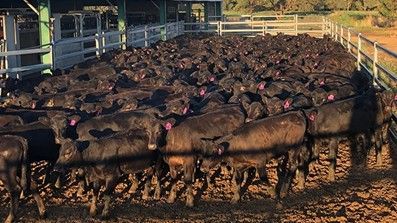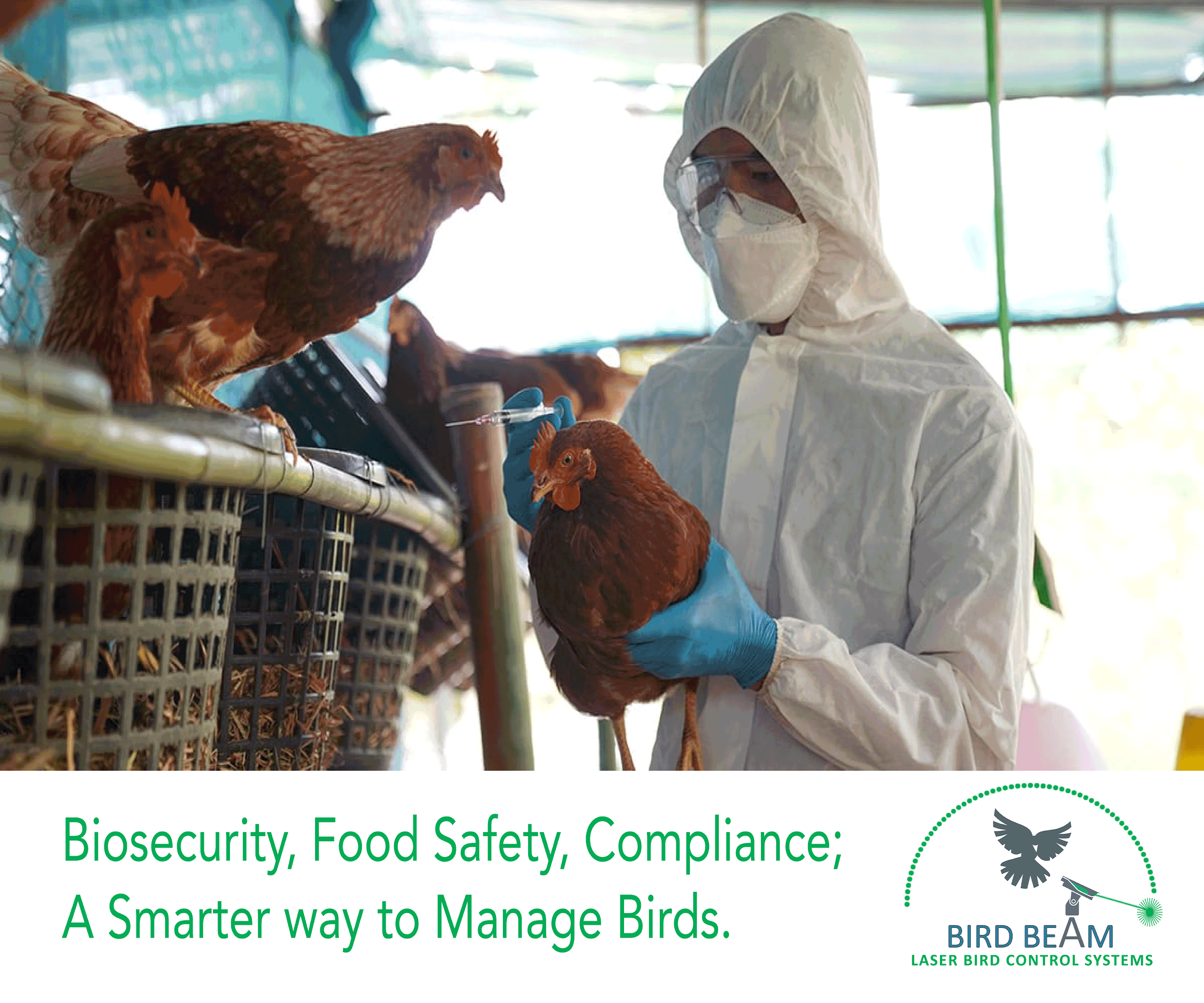1MG FlippingBooks
Innovation in agtech: an interview with John Chalmers
In our investigation of the agtech sector and the software changing the way farmers work, we spoke to John Chalmers – Director of Farmscan Ag – about the benefits digital technology can bring to the farmer and some of the opportunities and challenges the industry is facing at the moment.
Farmscan Ag is an Australian-owned precision agriculture business that designs and manufactures its own products and software, as well as providing solutions to farmers across the country. The company is heavily involved in technology for control functionality of agricultural equipment, from auto-steer and semi-autonomous vehicles to fully autonomous vehicles. John is one of three founding directors of Farmscan Ag, and was kind enough to share his thoughts on a range of topics below.
TAF : What kind of R&D goes into developing precision agriculture software and what level of involvement do farmers have in that process?
JC : “Our R&D process is end to end – in many cases to be cost competitive we have to design both hardware and software. So, our knowledge is very much conveyed into a software platform, but the hardware is necessary for the agricultural industry to be able to convey it to a user group. Because agricultural hardware is very specific, you can’t buy it off a shelf – it tends to be made in a rugged or semi-rugged form and in an app where you can use it effectively in the vehicles or the implements themselves.
“We’re not a John Deere or a CNH, we’re a much smaller company and we pride ourselves on having grass roots input into the development process. We have a number of farmers and end users that we are able to use as test platforms. In fact, as we speak, we have a farmer out on the Darling Downs that is testing some of our very latest software.”
TAF : Do you think we need a mindset change in Australian agriculture in order to fully embrace the benefits of agtech?
JC : “Most of the young farmers already have that mindset – if somebody could come up with the technology that did what they wanted, a lot of them would invest in it now. It’s the industry lagging behind what many farmers want. The smart ones are going ‘we need to be involved in this to get where we need to be’. A lot of farmers see it.
“In terms of the mindset around autonomy in agricultural vehicles, we see autonomous vehicles being a mandatory part of what is going to happen in the future. The biggest thing stopping us – and we’ve experienced this twice now – are the legal and safety ramifications of the autonomous vehicle market. I believe it will first develop to a small vehicle semi-autonomous stage. Smaller vehicles mean less risk – a 50-horsepower tractor doing something wrong isn’t going to cause as much damage as a 400-horsepower tractor doing something wrong.
“Semi-autonomous means the vehicle has a camera and external sensing equipment, and the farmer can sit there and look at multiple machines operating at the same time. It’s truthfully an autonomous vehicle, but its transferring that responsibility back to the farmer. What will happen then is the farmer will become so complacent with work, he’ll go and have lunch while the machines are working. Eventually it’s going to be a soft change, and the industry will be able to provide farmers with the responsibility to take control – ‘if you elect to walk away from it, that’s your call’. It’s a mitigation of responsibility.”
TAF : What other agtech innovations on the horizon?
JC : “There are three ways to make farming better: reduce manpower, reduce overheads and increase efficiency in production. The biggest change I see coming is variable rate work. The ability to do that has been around for many years and all of our equipment has it incorporated, but less than 5 per cent of farmers actually use it. That’s predominantly because there’s a technological barrier to entry and the farmer doesn’t know how to use it.
“I see the use of those tools and the ability to understand variable rate technology as being a huge step forward. And it’s something that’s happening now. With better connectivity, input data can be stored in the cloud, agronomists can make decisions and those decisions can be deployed immediately to a platform in the field. The operator really doesn’t need to know what application rate it is, he’s basically sitting there guarding a vehicle making sure it runs generically where it’s supposed to run.”
TAF : What about the turning this data into decisions? Is ‘Decision Ag’ the next big step?
JC : “The technology is there to do that now, the issue is translation of the data. In the early day we used to see control by the bigger companies being exercised by lack of access to control functionality. That’s generally been changed now so that control now becomes lack of access to data. When you have encrypted data created by larger hardware groups, therein lies your issue – the big players don’t play by the industry standard and the data is not readable to others. So you have this scenario where the data is available, but it’s not generically available. The data is already there and the technology to translate that data into some meaningful result is already there. It’s actually getting it all together that is the biggest issue.”

